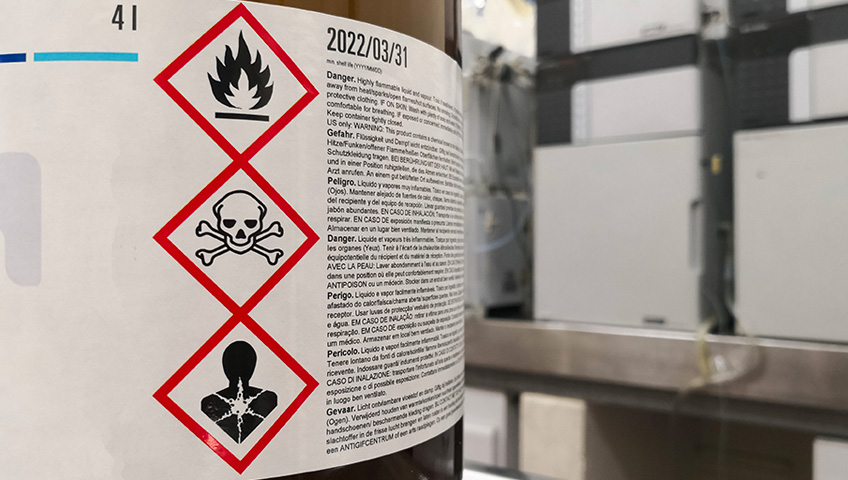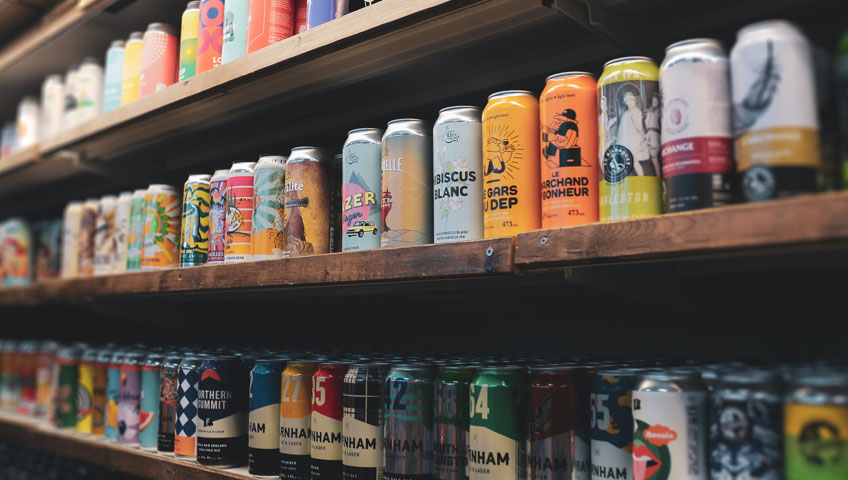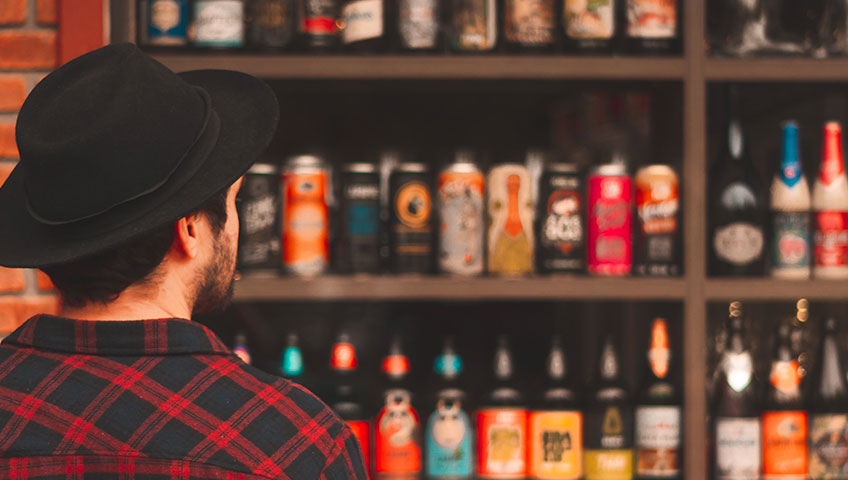
Everything You Need to Know About Waterproof Labels for Your Products
Worried that your labels won’t make it through the lifecycle of your product due to water exposure? Using water resistant labels can alleviate that problem, but with hundreds of inks, coatings and base stock combinations to choose from, it can be hard to find the right solution.
That’s why it’s important to know the limits and requirements for waterproof product labels: that way you can ask the right questions when choosing a label or a labeling machine. Here are some things to consider when incorporating custom waterproof labels. Read more













